#samurai fashion
Explore tagged Tumblr posts
Text
Everyday wear for the warrior class - Nagakamishimo and Hankamishimo
(as worn by samurai of the Edo period - great charts by Nadeshico Rin). You can find more about samurai ranks and their regulated attires under the tag "samurai kimono".
The Nagakamishimo (here with noshime)
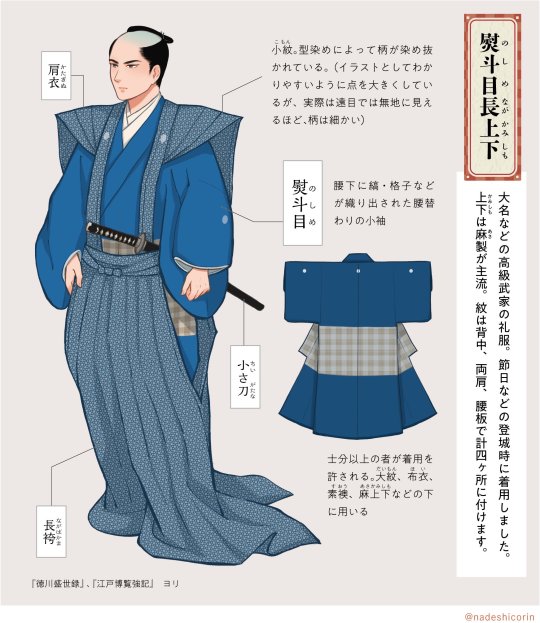
長上下 Nagakamishimo was worn by all upper ranked samurai.
肩衣 Kataginu - sleeveless overvest, with startched shoulders. It bore back and shoulder 紋 mon (family crests). It's said to be an evolution of 素襖 Suô attire with detached sleeves. Formal ones were also entirely covered with tiny dyed patterns, the 小紋 komon (clans tended to have their favourite ones, used by all their retainers).
長袴 Nagabakama - hakama pants with long trailing legs. Formal look required it to match the kataginu.
熨斗目 Noshime - kosode (=ancestor of the kimono) with stripes or lattice pattern at waist area. Note the mon family crest on the sleeves and back. Noshime was also worn under more formal sets, like the daimon, suô, hoi, etc.
小さ刀 Chîsagatana - small katana
The Hankamishimo

Also called 継上下 tsugi-gamishimo, 半上下 hankamishimo is the official everyday wear for all Edo period samurai.
Main difference with nagakamishimo are the shorter pants, far more suited to everyday life. Colors and fabrics were not especially regulated.
半袴 Hanbakama - ankle lenght pants, shorter than the more formal nagabakama. Today, it's simply called hakama.
脇差 Wakizashi - short sword worn by samurai, depending on the era is part of the 大小 daishô (sword set with a katana and wakizashi)
紋付小袖 Montsuki-kosode - kosode (=ancestor of the kimono) adorned with family crest
#japan#fashion#fashion history#samurai fashion#nadeshico rin#edo period#samurai#buke#warrior class#edo era#reference#ressources#men kimono#着物#Nagakamishimo#Hankamishimo#kataginu#nagabakama#noshime#Chîsagatana#hanbakama#wakizashi#daishô#Montsuki-kosode#kosode
204 notes
·
View notes
Text
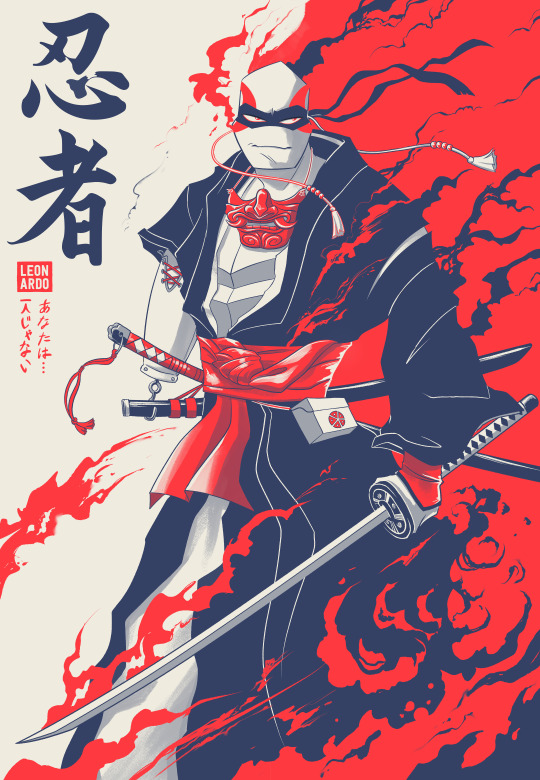
Have some Replica Leo for Round 2 of the @tmntfashioncompetition! This time the theme is: "Traditional Garment." I’ll be up against @villainleoau and I’m nervous cuz that’s a STELER crew and some of the most talented artists in the fandom (also their fashion sense is off the charts)!
For the art I decided to lean into some traditional Japanese attire and a prosthetic more befitting of the era. Originally I was just going to have Leo's missing arm be covered, but if he wants to be truly capable with a katana he'd need something to help keep the sheath affixed when removing his sword. This is especially necessary for duels, since the speed and pressure applied from the drawing of the sword are imperative. I imagine he has several more varying tools he can screw onto his arm in the little side pack. Also note, the Kanji means "ninja" or "ninpo" and the finer hiragana text is the infamous "You are not alone" line. I had a lot of fun with this one, trying to decide if maybe I should put it up for print.
Some of my inspo under the cut:
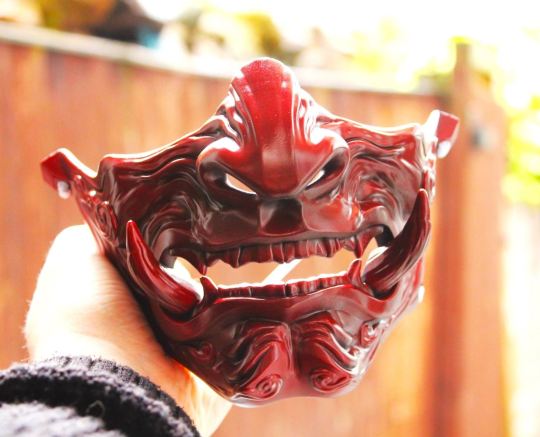
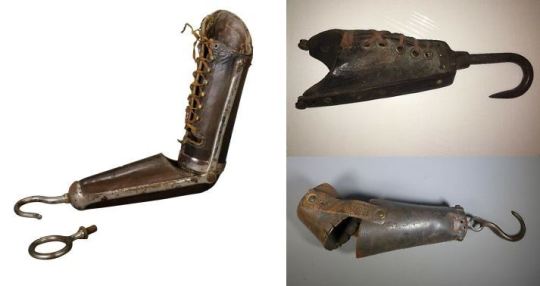
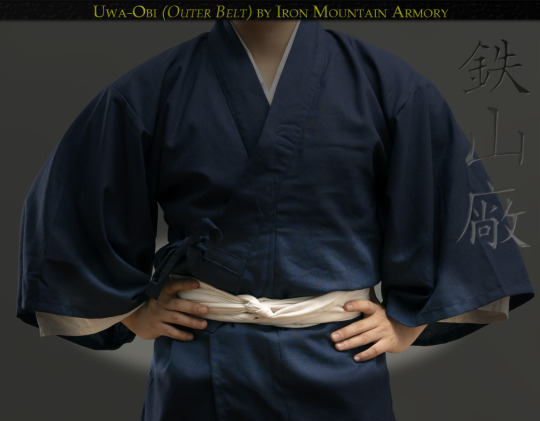
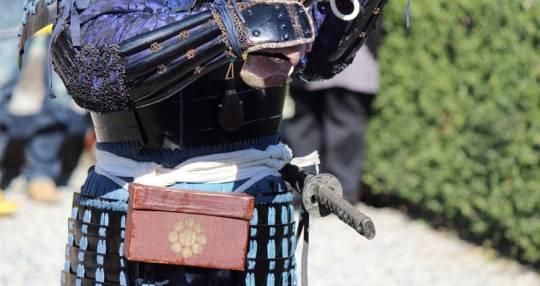
#yes I know he’s wearing attire more akin to samurai than ninja#pretend he’s under cover#blending into his surroundings#blind spots#all that jazz#I’ll be honest I wanted to do three colors because I didn’t want to take the time to render him fully#but I’m pretty happy with the outcome#should use a minimum color palette more often#tmntfashioncompetition#traditional garment theme outfit#fashion propaganda#traditional fashion#rottmnt#rottmnt replica#replica#TMNT#Leonardo#kathaynesart#rise of the teenage mutant ninja turtles#unpause rise of the tmnt#save rottmnt#unpause rottmnt
3K notes
·
View notes
Text
headcanon: since steve likes star wars but doesn't really grok the scifi parts, i think steve really likes old samurai movies. he watched them all the time with grandpa otis, who showed him seven samurai after steve liked magnificent seven so much. even though steve isn't the greatest reader, he's read a few biographies of famous samurai like musashi miyamoto and even read macbeth to better understand throne of blood.
when dustin shows him star wars for the first time, steve is like oh wow this is so cool! and dustin is like i told you nerd stuff is fun! and steve is like nerd stuff? this isn't nerd stuff, this is hidden fortress with laser swords!
his favorite movie is lady snowblood (he likes a woman who could and would kill him), but he also has a major soft spot for kagemusha, which is the last movie he saw with grandpa otis before he passed away.
he doesn't bother telling keith about it during the movie interview because he knows family video doesn't stock his favorites-- he's checked before. however, late in '85 once keith starts trusting steve and robin to do new order movies, steve absolutely abuses his power to get his hands on a copy of the new Kurosawa movie, Ran, and forces Robin to watch it with him.
she's shocked he wants to watch something with subtitles, and even more shocked that when she asks him a question about the characters, he pauses the movie, gives her a fifteen minute speech on samurai culture, and then restarts it from the beginning.
after the movie is over, they argue for two hours over whether or not the movie was based on King Lear (Steve has no idea who that is) or the life of Mori Motonari (Robin has no idea who that is, either.) They're devastated when a magazine confirms they were both right, actually.
#shut up az#steve harrington#oimw#he gets kinda bummed when samurai movies fall out of fashion but keep your head up king bc in a couple decades twilight samurai is coming
442 notes
·
View notes
Text





popteen comic’s gyaru samurai (ぎゃる侍) 🎀
#girly#cute photo dump#pink pink pink#gyaru#gyaru gal#gyaru blog#gyaru fashion#gyaru style#gyaru girl#2000s#ギャル#ぎゃる#ぎゃる侍#侍#gyaru samurai#popteen#popteen comics#gyarucore#gyaru aesthetic#gyarustyle#gyaru magazine#gyaru manga#heisei gyaru
259 notes
·
View notes
Text


Yohji Yamamoto Pour Homme Samurai Knit Sweater, autumn/winter 2017
#yohji yamamoto#pour homme#Yohji Yamamoto Pour Homme#YYPH#samurai#knit#sweater#fashion#japan#black#aw17#2017
483 notes
·
View notes
Text
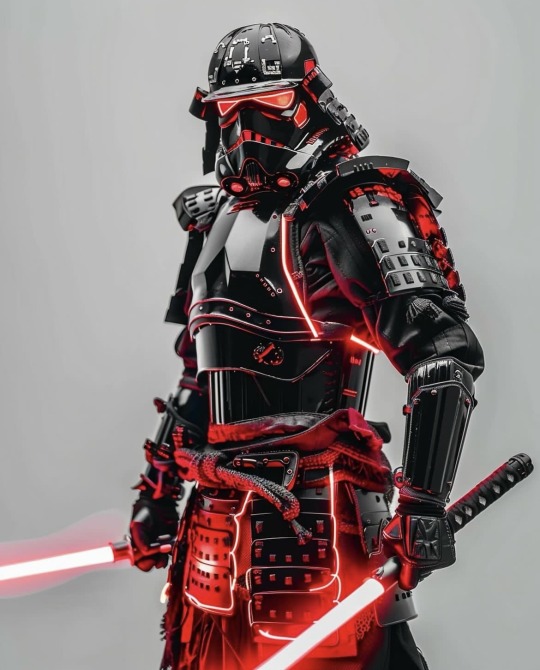
#Lightsaber#light saber#Samurai#Star Wars#stormtrooper#storm trooper#may the fourth be with you#may the force be with you#may the 4th#art#cosplay#the empire#Menstyle#menswear#mens fashion#classy#classy life#classy gentleman#gentleman#gentlemanmotorslifestyle#lifestyle#lifestyle blog#photography#fashion#fashion blog#The darkside
239 notes
·
View notes
Text
"once a ordinary monk picked up a lonely and lost sparrow"

#overwatch#zenyatta#genji#genyatta#I have an explanation “why Zenyatta is standing on the ground and not hovering over it”#I can explain this by the fact that it is very cold in the mountains and a lot of energy is spent on heating the internal engines ->#and the normal functioning of the mechanisms#so Zenyatta is on the “energy saving” mode and does not hovering ;D#also I can explain “why Genji is wrapped in a raincoat because he does not get cold and why he is wearing a hat”#firstly Genji needs a raincoat to keep internal heat because again it is very cold in the mountains of Nepal#secondly he looks very cool in a hat he is all so mysterious and old-fashioned like samurai from Akira Kurosawa's films😎
1K notes
·
View notes
Text


Thought id post a full front and back of my battle jacket. It's constantly being upgraded and altered.
#battle jacket#punk jacket#punk girl#punk rock#punk fashion#mcr#danger days#sleep token#green day#acab1312#anarchy#samurai#refused
84 notes
·
View notes
Text




Sleek black satin obi with beautifully embroidered kabuto (samurai helmet) with dragon crest. The textures are so nice!
224 notes
·
View notes
Text

#Samurai#Star Wars#stormtrooper#storm trooper#may the fourth be with you#may the force be with you#may the 4th#art#cosplay#the empire#Menstyle#menswear#mens fashion#classy#classy life#classy gentleman#gentleman#gentlemanmotorslifestyle#lifestyle#lifestyle blog#photography#fashion#fashion blog
244 notes
·
View notes
Text
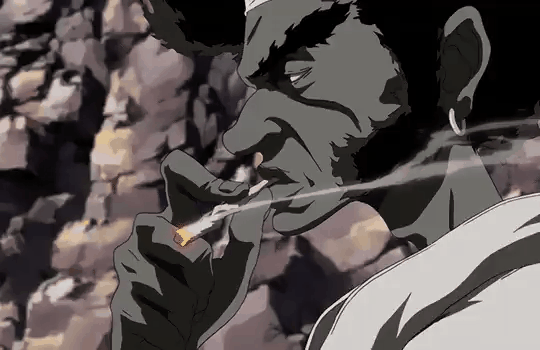
#art#indeedgoodman#fyp#fashion#design#model#afro samurai#luxury#anime#anime aesthetic#anime gif#free!#manga#anime and manga#anime fanart#anime art#gif#black anime character#black anime art#black anime edit#legend
179 notes
·
View notes
Text


Samurai's ranks and dress code in Late Edo period
AMAZING reference chart put together by Nadeshico Rin, showing the different attires worn by the men of the buke class in and about Edo Castle. OP stresses the chart is by no means exhaustive - but it helps picturing things SO MUCH!
For easier reading, I have adapted the chart with english translation. Rin has also created illustrations detailing each attire, I'll translate those in coming days under the tag "samurai kimono".
You'll find the transliteration below cut:
The court ranks - Mibun 身分 or Ikai (位階)
Find more about the exact titles here.
一位 Ichii (First court rank)
三位 Sanmi (Third court rank) and 四位 Shii (Fourth court rank)
Goi 五位 (Fifth court rank)
Omemie ijô 御目見 以上, the "upper" vassals allowed to request audience with the shogun
Omemie ika 御目見 以下, the "lesser" vassals (not allowed to request audience with the shogun)
Rin does not mention the second court rank (二位 Nii) so I am not sure where this one is supposed to go ^^;
The clan/families - Kamei 家名
徳川将軍家 Tokugawa shôgunke (Tokugawa Shogun clan)
尾張徳川家 Owari Tokugawake (Owari Tokugawa clan), 紀伊徳川家 Kii Tokugawake (Kii Tokugawa clan), 水戸徳川家 Mito Tokugawake (Mito Tokugawa clan), 徳川御三卿 Tokugawa gosankyo (Secondary Tokugawa branch clans: Tayasu, Shimizu, and Hitotsubashi)
三奉行 Sanbugyô, & 下三奉行 Shimosan bugyô (magistrates, governors)
旗本 Hatamoto (general term for upper-rank vassals of the Tokugawa)
御家人 Gokenin (general term for lower-rank vassals of the Tokugawa)
Outfits TPO (Time, Place, Occasion)
第一礼服 (大礼 など) Daiichi raifuku (tairei nado) - Most formal outfit worn during State/important ceremonies, etc.
礼服 (正月など) Raifuku (Shogatsu nado) - Formal outfit, worn for events like New Year, etc.
通常礼服 (節句など) Tsûjô raifuku (sekku nado) - Regular formal outfit, worn during seasonal festivals, etc.
平服 Heifuku - Everyday outfit
Type of outfits
Rin has released separated charts detailing the different costumes. You'll find them translated here in coming days.
束帯 Sokutai - old ceremonial court dress, first worn by Heian nobility. Attire includes the 笏 shaku (flat ritual sceptre), and 冠 kanmuri hat.
衣冠 Ikan - old ceremonial court dress, much more simpler than sokutai
布衣 Hoi - "plain" 狩衣 kariginu (which were informal clothes worn by the nobility from the Heian period and onwards)
素襖 Suô - ceremonial dress of the lower-ranked samurai
直垂 Hitatare - ceremonial court robe
狩衣 Kariginu - patterned kariginu (informal clothes worn by the nobility from the Heian period and onwards)
大紋 Daimon - 直垂 hitatare with large family crests
直衣 Nôshi - everyday robes which were first worn by males of the imperial family during Heian era, and then spread among nobility, etc.
長上下 Naga Kamishimo - outfit pairing a sleeveless ceremonial robe called 肩衣 kataginu, with trailing pants called 長袴 nagabakama
半上下 Han Kamishimo - outfit pairing a sleeveless ceremonial robe called 肩衣 kataginu, with ankle lenght pants called 半袴 hanbakama
#japan#history#fashion history#samurai kimono#samurai#nadeshico rin#edo era#edo period#shogun#tokugawa#ressources#references#Sokutai#Ikan#Hoi#Suo#Hitatare#Kariginu#Daimon#Noshi#Kamishimo#nagakamishimo#hankamishimo#kataginu#hakama#nagabakama#hanbakama#court rank#buke#warrior class
935 notes
·
View notes
Text

Mizu in London… what if i started screaming.
purposefully Victorian bc it’s sexier ‼️
#i want her so bad it’s silly#bes mizu#artists on tumblr#blue eye samurai#mizu fanart#mizu x you#blue eye samurai fanart#mizu blue eye samurai#victorian fashion#mizu
287 notes
·
View notes
Text

by Kyoung Hwan Kim
49 notes
·
View notes